The esteemed designers talk about Filipino fashion and how pop-up stores are changing the industry
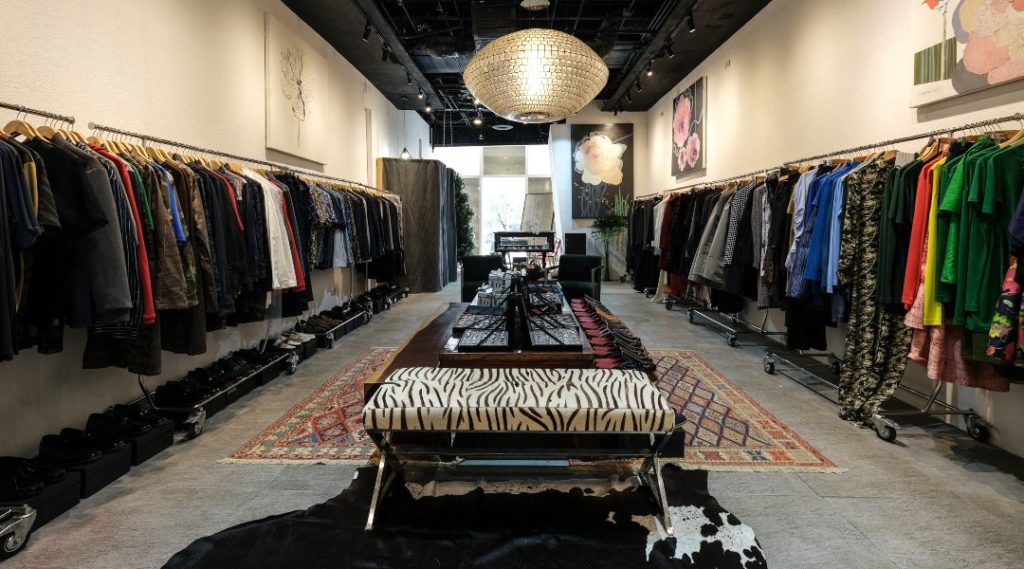
Randy Ortiz talks about why pop-ups are the future of fashion
“This is what fashion is all about now. It’s all about the popup!”, exclaims Randy Ortiz as we chat away in his namesake store at SM Aura. Vibrant energy—on top of his enthusiasm as we listen to his stories about Philippine fashion—fills the pop-up, housing his globally-informed designs crafted with classic, time-tested expertise. “I also thought of the pop-up as an avenue to reinvent myself,” Randy adds. With three decades’ worth of experience—beginning with retail before delving into the opulent world of made-to-order couture—the designer sees the pop-up as the best space to reintroduce his brand and showcase his sartorial versatility.
RELATED READS: Unveiling The Modern Muse: Heart Ongpauco-Escudero’s Art On Jewelry
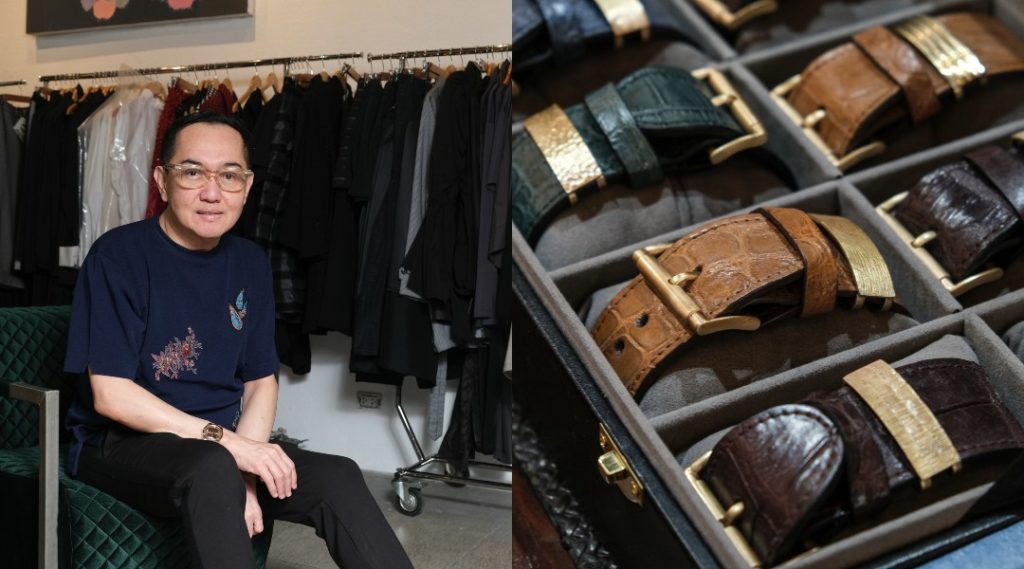
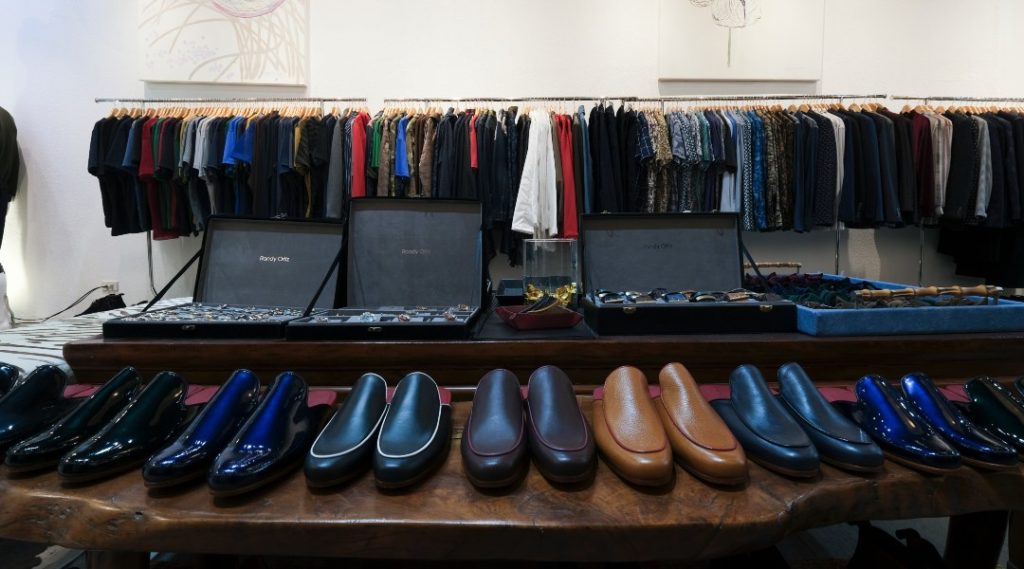
“Fashion is a thinking business”
Slight differences exist between the business models of a mainstay retail space and a pop-up, which usually lasts for weeks or a few months in a mall or a convention center. Randy navigates the delicate balance between commerce and creativity with the help of his brother, Ninoy Ortiz. “I’m happy that we are able to divide the work together. The managerial side is just as crucial as the creative side. Whether you’re in the pop-up or not, management is a crucial part of design.”
Randy maps out the creative process for us, emphasizing the relevance of due discernment at every step. “When you go through your journey as a designer, you answer a lot of questions: What is different from your designs? What does the buyer get that’s unique? Who is your target market? How do you price your clothes? You have to be conscious of all these things.”
“Fashion as a business is a thinking business,” he reiterates. “It takes a lot of research and studying to evolve with the market and your clients’ needs. Versatility is a crucial factor in maintaining longevity in this business.” This delicate balance is something that Randy has achieved with aplomb—to date, he has maintained close relationships with his loyal made-to-order clientele whilst accommodating new and younger buyers of his ready-to-wear collections.
RELATED READS: In Pursuit Of Dreams: Colene Yap Tells Her Journey To Fulfilling Aspirations
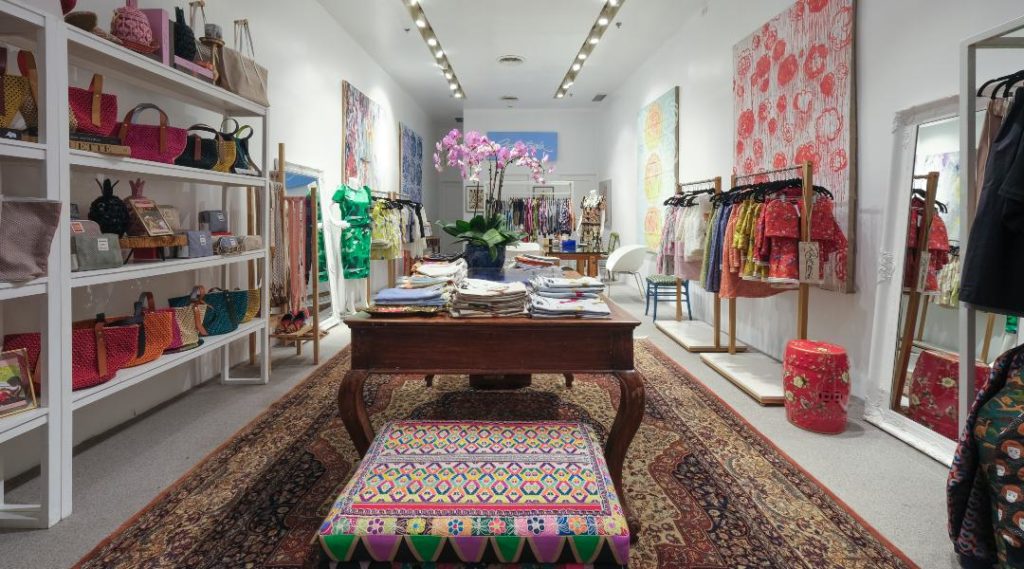
Rhett Eala shares insights on modernizing Filipiniana fashion and navigating the contemporary fashion scene
“I’ve come full circle, in a sense. I started with retail, managed my own store for a while, and focused mostly on made-to-order couture,” muses Rhett Eala as we talk about his pop-up store at SM Aura. “You can say that I am back to making things similar to my work at the start of my career. My focus lies in making everyday wear that popularizes our local culture,” he says. The designer draws from decades of experience to navigate through today’s faster and more competitive fashion scene.
Rhett has participated in many pop-up fairs—so much that fellow designer Randy Ortiz fondly called him the “Queen of pop-up” in a separate interview—and has several more on the way. His native-inspired pieces usually take center stage in smaller pop-ups, but the bigger space at SM Aura allows him to properly feature his whole oeuvre and add a touch of homeliness to the space.
“When I moved into a condo unit, I brought in a lot of furniture from my old house to the store,” he says, directing my attention to the ornate floral carpet and the sturdy antique wooden table where diverse textiles are neatly stacked. Imposing abstract paintings, made by Rhett himself, line the walls of the store. “These used to be stored in my warehouse. I decided to dress up space with these works of art. Besides, they’re good backdrops for portrait shots, like the one you’re taking of me later,” he quips.
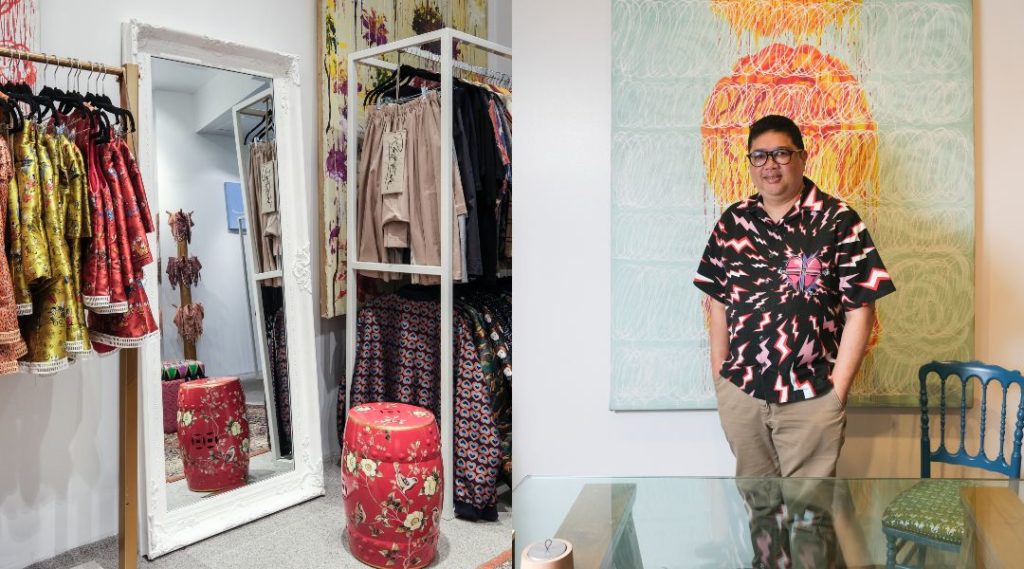
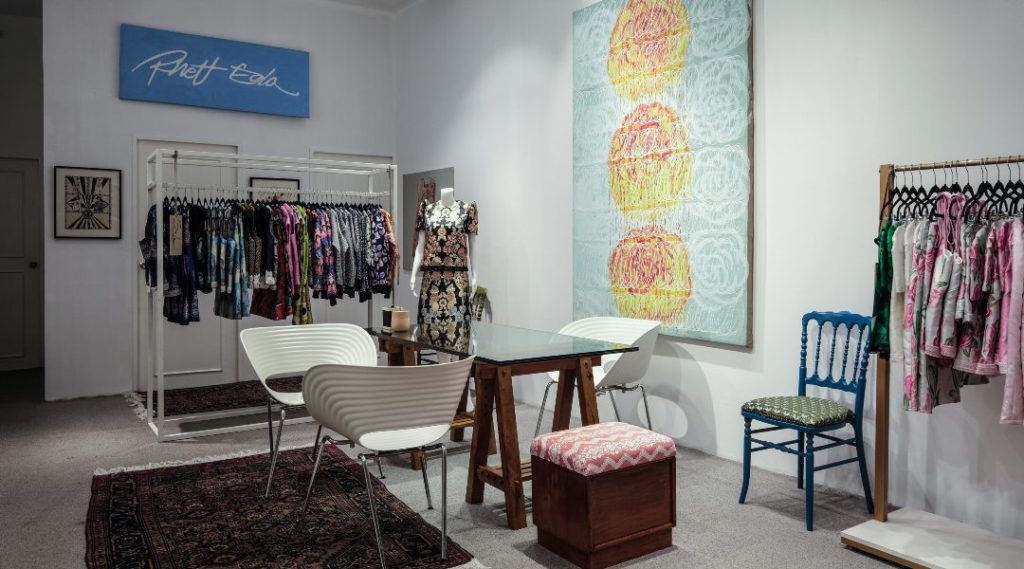
The business of fashion
Rhett’s pop-ups are indicative of the veteran designers’ ability to ride with today’s dynamic fashion scene—versatility that, he says, has kept him in business for so long. “You know, even if one has decades of experience under one’s belt, the industry isn’t something that you truly ‘master.’ You can’t rest on your laurels.” he says.
Hence, Rhett encourages young designers to thoroughly study the business side of fashion. “Designing is not just about grand fashion shows. At the end of the day, your creativity must translate to good business,” he says. “Just like a student, you must constantly learn more about your ever-changing market and global design trends. Forecasting, budgeting, managing: these are all things I had to learn, on top of the creative side of the business. I’m getting the hang of it more now, and I’d like to impart this discipline to our young designers as well.”
Read the full stories of Randy Ortiz and Rhett Eala written by Gelo Diorna in Lifestyle Asia’s December 2019-January 2020 Edition titled, “Agents of Change.”





